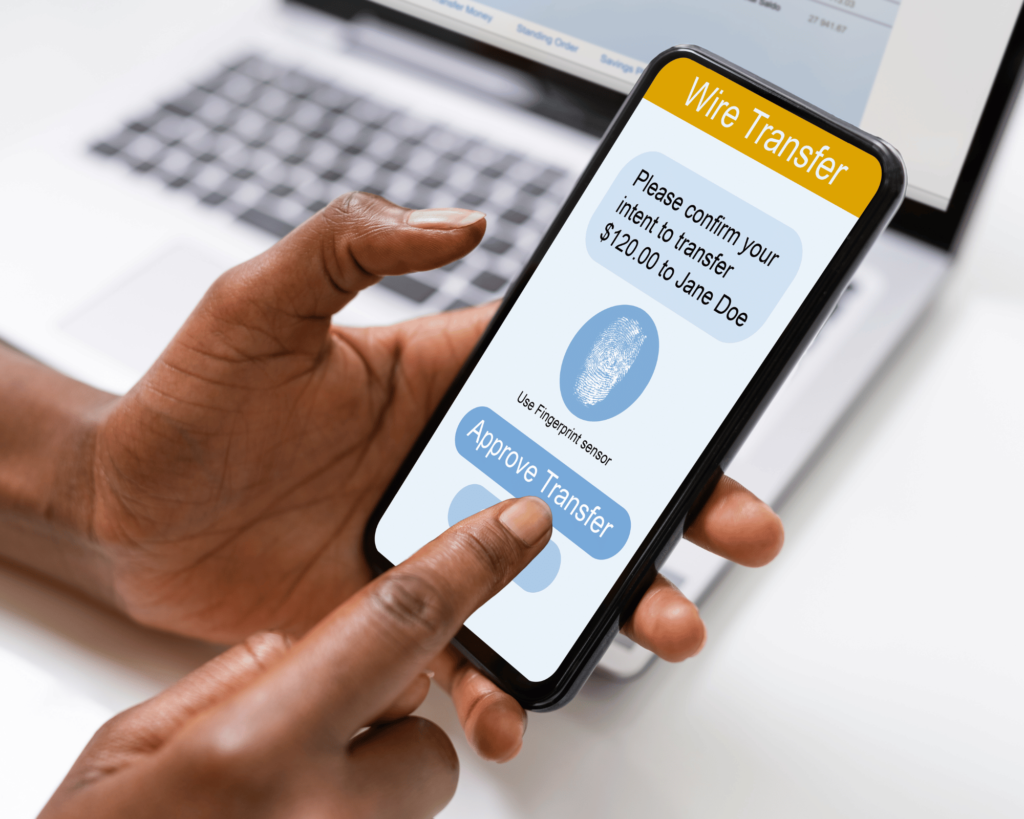In a world where cyber threats are rampant, securing endpoints has never been more important. Most people think of authentication as a simple username and password. However, this method alone isn’t enough to protect against today’s sophisticated attacks. Enter multi-factor authentication (MFA). It’s a critical line of defense for protecting endpoints. But what exactly is MFA, and why should you care?
What is Multi-Factor Authentication?
Multi-factor authentication is a security measure that requires more than one form of verification to access an account or system. Instead of just asking for a password, MFA adds layers by requiring something you have or something you are. The idea is simple: if one factor is compromised, others still provide a barrier to unauthorized access.
- Something you know: This is typically your password or PIN.
- Something you have: This could be your smartphone, a security token, or a smart card.
- Something you are: Biometrics fall into this category, such as fingerprints or facial recognition.
Why Use Multi-Factor Authentication?
The threats to security are real and growing. Passwords can be stolen or guessed. MFA drastically reduces the risk of unauthorized access. Here are a few reasons why implementing MFA is essential:
- Enhanced Security: With MFA, even if a hacker gets your password, they would still need a second factor to gain access.
- Compliance: Many regulatory frameworks, such as GDPR and HIPAA, now require the use of MFA. Implementing it helps ensure compliance.
- Reduced Human Error: People often reuse passwords across different sites. MFA adds a layer of security if passwords are compromised.
How MFA Works for Endpoints
Implementing MFA at the endpoint level means that every device—laptops, mobile phones, tablets—requires verification before being granted access to sensitive information or networks. Here’s how it typically works:
- User Login: The user inputs their username and password.
- Additional Verification: After the password is confirmed, the user is required to provide a second form of verification. This can be a code sent to their mobile device or a fingerprint scan.
- Access Granted: Once both factors are verified, the user gains access to the system.
Implementing MFA: Best Practices
To effectively implement MFA for endpoints, consider these best practices:
- Choose the Right Factors: Select methods that are easy for users and hard for attackers. SMS-based codes can be intercepted; consider using an authenticator app instead.
- User Education: Inform users about the importance of MFA. Help them understand how it works and why it’s crucial for security.
- Regularly Update Security Measures: Stay informed about new threats and update your MFA methods accordingly.
Barriers to Adoption
Despite its benefits, some organizations hesitate to adopt MFA. Common barriers include:
- User Resistance: Some users find MFA cumbersome. Addressing this through education is crucial.
- Cost: While some MFA solutions can be expensive, many affordable options exist, especially cloud-based ones.
- Complexity: Organizations worry that implementing MFA might complicate workflows. Opting for user-friendly solutions can ease this concern.
The Future of Multi-Factor Authentication
MFA is evolving. Technologies such as biometrics and adaptive authentication are gaining traction. Adaptive authentication considers the context of a user’s login attempt, factoring in their location and device. This means if a login is attempted from an unusual location, strict verification measures can be enforced.
As we see, the future of MFA is not just about adding new layers of security but also about optimizing the user experience while maintaining high security. Understanding the balance will be key in successfully adopting MFA across organizations.
Conclusion
MFA is no longer just an option for securing endpoints; it’s a necessity. In a landscape filled with evolving threats, implementing a robust MFA strategy can significantly diminish the likelihood of unauthorized access. The key is to select the right combination of verification factors, engage your users, and remain adaptable to future threats and technologies.
In a nutshell, as cybersecurity becomes more complex, your approach to authentication must too. Adopting multi-factor authentication is a solid step towards safeguarding your endpoints and, ultimately, your business.

